Silk Road
Connecting Eurasia and North Africa via land and sea
The ancient Silk Road trade route is well known for its legendary status as an economic and cultural connection between east and west that Marco Polo famously travelled.
SREB
1. Connecting Asia & Europe
SREB will effectively connect Asia and Europe. Since almost all European members already possess the necessary infrastructure to facilitate trade, this is Asia’s chance to build infrastructure to develop and enhance trade as the world’s largest economic fully connected block.
2. Madrid & Yiwu
An early example of this network includes a railway route between Madrid and Yiwu that was presented December 2014 and which arrived in the Dutch city of Rotterdam June 2015 as the Rail Service Centre that will connect the city with China.
3. The One Belt
The One Belt, One Road initiative will not only improve international trading routes but will also encourage transitory countries of the Silk Road Economic Belt and Maritime Silk Road routes to improve their national infrastructure and transport systems.
4. Benefitting Industries
Building, construction, manufacturing and associated industries will be initial benefactors required to build the transport networks of both components of this economic plan enabling positive effect on all affected industry businesses as well as hundreds of local communities.
Find out more
-
North Sea AuctionPopularNorth Sea Auction
-
Silk RoadSilk Road
-
FCOSUFCOSU
-
WaterWater
-
Renewable EnergyRenewable Energy
The Silk Road Trade Network
Clean Energy
Cleaner Energy for a Cleaner World
Renewable energy is power generated from sources that are constantly being replenished. These renewable energy resources won’t run out, unlike fossil fuels and gas, and include wind and solar energy.
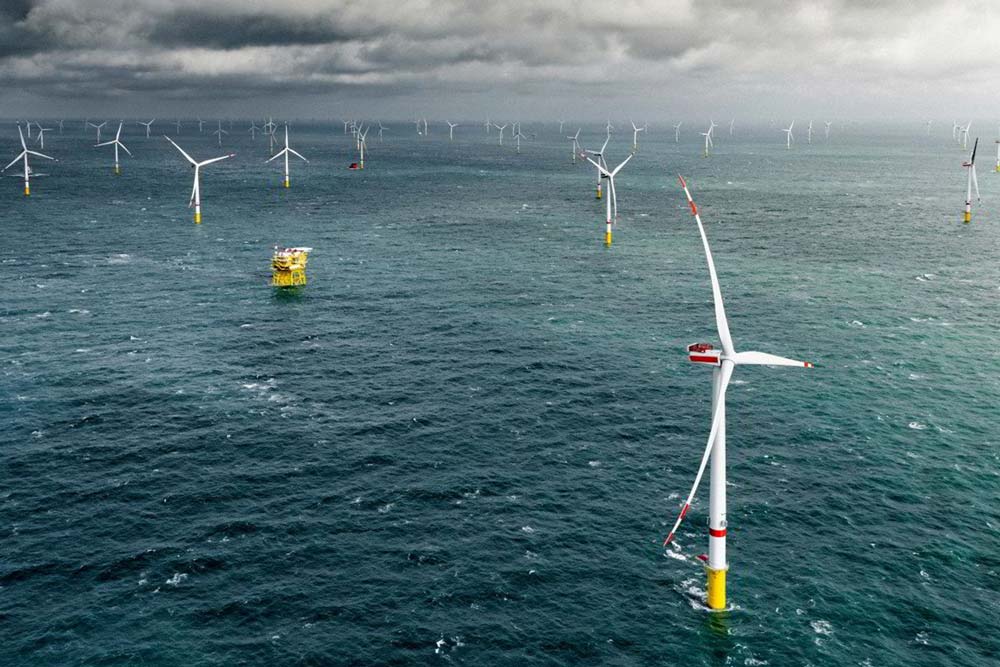
North Sea Auction
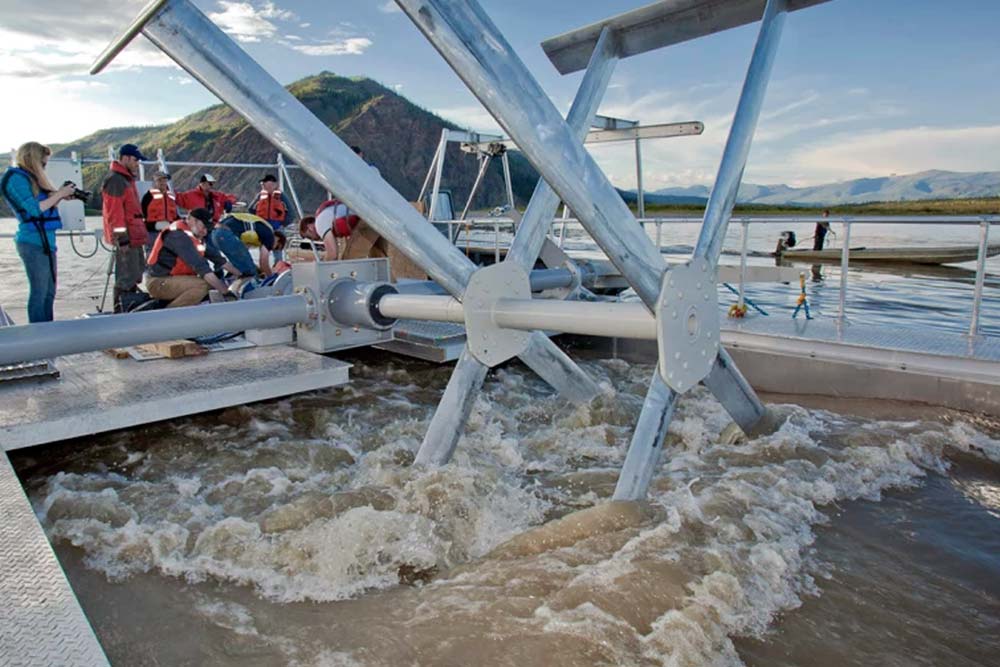
Marine and hydrokinetic
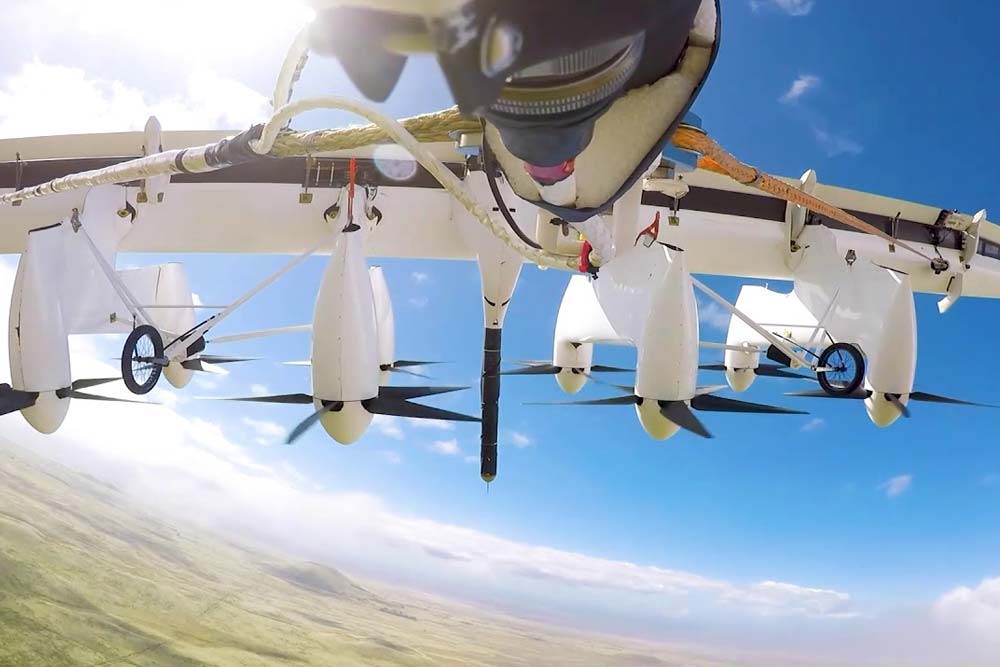
Renewable Energy
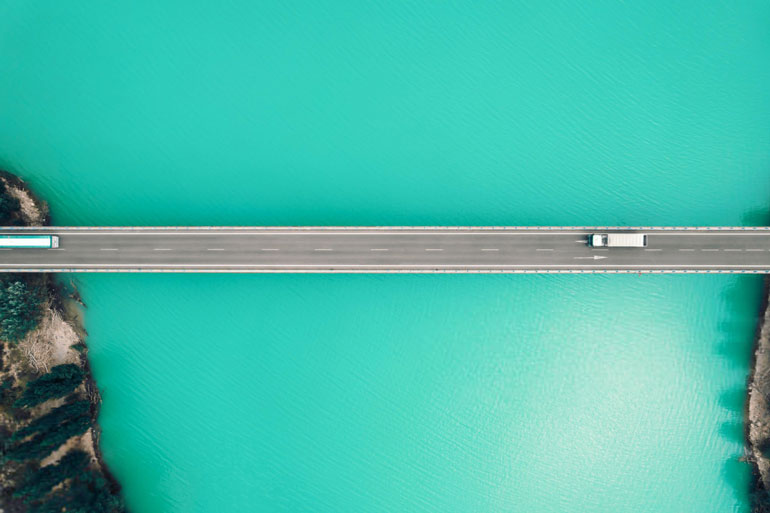
A Network for Transport
The Silk Road Fund
The Silk Road Fund is a state owned investment fund created by the Chinese government to encourage increased investment in countries participating in the One Belt, One Road initiative. The Chinese government pledged US$40 billion for the creation of the investment fund established on December 29, 2014.
While the trade and energy corridor will be titanic in terms of revenue and trade for participant countries, many experts believe this initiative can bring greater cohesion and co-operation in Asia, with Chinese officials describing the One Belt, One Road policy as a physical connection between Chinese, Asian and Europe markets. The Silk Road Economic Belt links China with Europe through Central Asia and the 21st-century Maritime Silk Road ensures safe passage of shipping through the Indian Ocean, Persian Gulf and the South China Sea.
Silk Road Economic Belt
The Silk Road Economic Belt component of One Belt
One Road calls for the integration of the region into an interconnected economic zone through building infrastructure, increasing cultural exchanges, and broadening trade. Along with the historical Silk Road trade route, another geographical area that is said to be included in the extension of this ‘belt’ is South and Southeast Asia.
Many of the countries that are part of this belt are also members of the China-led Asian Infrastructure Investment Bank (AIIB). North, central and south belts are proposed; north belt navigates through Central Asia, Russia and onto Europe, the Central belt navigates through Central Asia, West Asia onto the Persian Gulf and the Mediterranean and the South belt will start from China through to South and Southeast Asia ending in the Indian Ocean.
21st-century Maritime Silk Road
The 21st-century Maritime Silk Road component is a complementary plan designed to create a belt like structure of trade around Eurasia aimed at investing and promoting co-operation in Southeast Asia, Oceania, and North Africa, through several contiguous bodies of water, i.e. the South China Sea, the South Pacific Ocean, and the wider Indian Ocean area. The 21st-century Maritime Silk Road was first proposed by Xi Jinping during a speech to the Indonesian Parliament in October 2013.
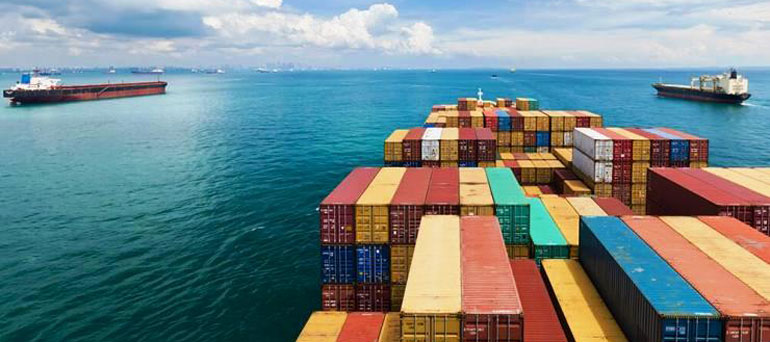
Like the Silk Road Economic Belt, the majority of countries in this area have joined the China-led Asian Infrastructure Investment Bank so that China’s One Belt, One Road has a bright future and a great visionary plan to unite large parts of the world, bringing together whole continental regions. Following the global recession and criticism on the slowing economy, it is now more important than ever that the vision turns into reality for the future prosperity.
Background
Since 2013, China has launched an extensive and large public relations campaign – which has included the prospect of “Silk Road Tourism” – increasing potential revenues and creating an additional area of business to profit from. Pakistan is currently undergoing planning and construction for the Silk Road Economic Belt initiative; one of the first countries to be heavily involved in the project has also given a new incentive to China’s infrastructure development in Pakistan and other countries.
China’s construction of the Karakoram Highway from China to Pakistan also known as the eighth wonder of the world and a popular tourist attraction began construction in 1959 and finished in 1979 – long before this new Silk Road Economic Belt initiative with infrastructure already being in place to develop and build on.
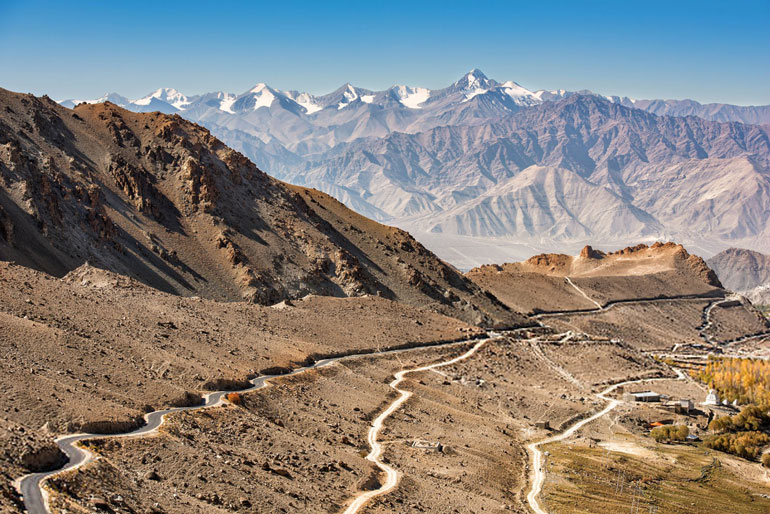
China has financed and developed the Gwadar port on the Arabian Sea since the 1990s, another example of modern infrastructure already being in place.
Since 2013, China and Pakistan have undertaken an increase in China-Pakistan Economic relations, such as the connection with Gwadar and China’s western Xinjiang autonomous region that borders several other countries. This consequently allows for expansion into several other countries.
Xi Jinping announced during his first trip to Pakistan that the Chinese government would be investing $45 billion in Pakistan infrastructure and construction. The Chinese President has put the Pakistan-China trade corridor at the centre of the two nations bilateral cooperation including the strengthening of security.
Whilst in Europe, Chinese state-owned enterprises have minority stakes in the famous historical Greek port of Piraeus and operate terminals in the Europe’s largest shipping and docking facilities in the Netherlands, Italy and Spain.
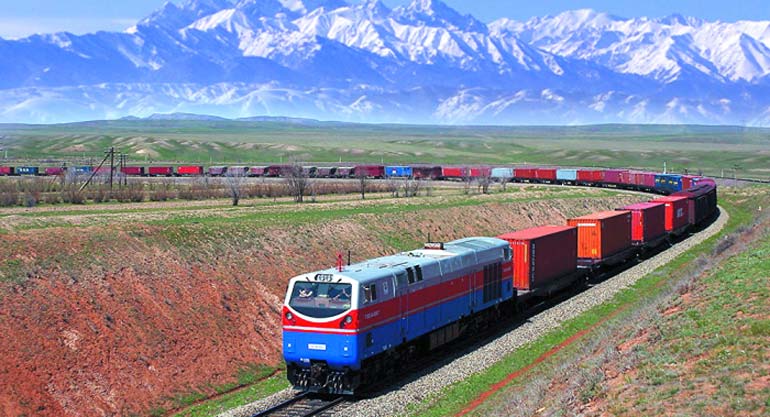
Once built, the states along the both trade routes will be heavily involved with their trade and economy increasing in size and stature, there will be large profits to gain by the open trade agreements. Economically, the construction of the One Belt will drive new industries, create new infrastructure, create new smaller trade routes and markets.
Socially, it will create employment, awareness and co-operation of populations, raise standards of living across three continents and reduce isolationism of participant nations. Politically, it will drive closer partnership alliances and co-operation and strengthen stability and security.
These projects cut across several countries and cultures will create a new age of social peaceful profitably cohesion for all willing to be involved. We at Silkway Development and many economists and media commentators expect infrastructure investment along the route to increase in the next couple of quarters, which makes sense as a short-term counter-cyclical policy within the framework of One Belt, One Road.

